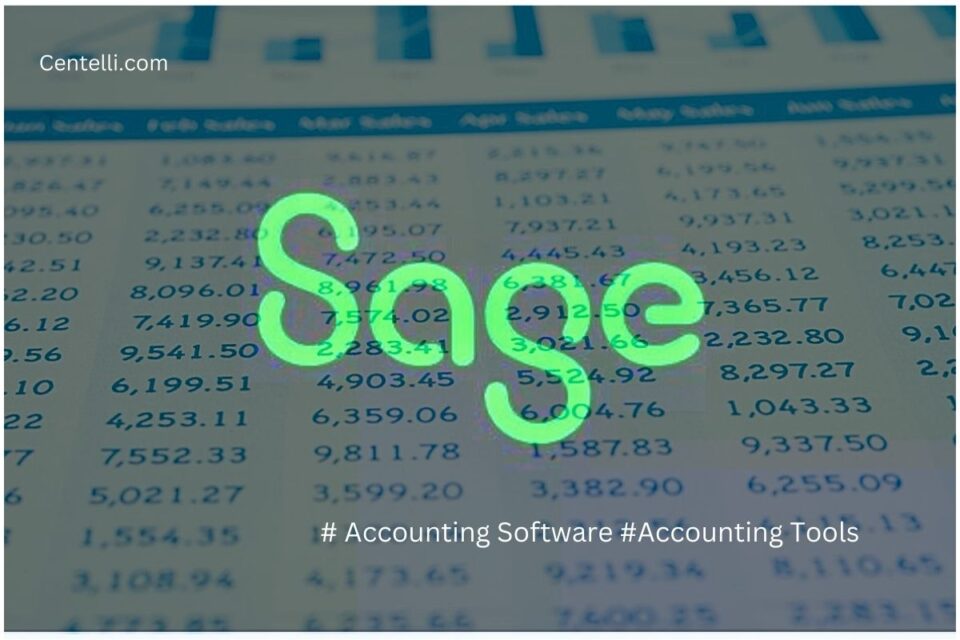
Availability of relevant and timely information can make all the difference for a business in today’s fast changing world. Slow is the new broke, and that means the longer an organisation takes to make the most of available Business Intelligence, the more difficult it will be for them to keep pace with what customers want.
No matter how effective a BI implementation is, the right measurement of its effectiveness is generally done quite late. But as long as you know what has to be measured and the time and effort that go into it, you will get the answers you need.
User Adoption – The Ultimate Measurement of Success
As a metric, end-user adoption of BI denotes the number of people who access BI solution, actually use it to make effective operational and strategic decisions for the business.
While there are other BI KPIs as well, and we’ll mention them later, end-use adoption remains the most decisive yardstick in our opinion. After all, the whole purpose of your BI initiative is to provide your organisation-wide decision makers with viable and accurate information that’ll lead to better results in all aspects of the company.
User adoption needs to be tracked over a period of time for ultimate success. It should trend upwards, which means that the BI solution is continuing to deliver value. In today’s networked world, satisfied users are probably telling other users about the value they got and why it will be a good idea for others to use it.
BI Success – What Else to Measure?
A thorough assessment of the following factors should help you create more holistic picture of how well your BI systems are performing:
- Response timee. the time it takes to answer queries.
- Reliabilityand quality of the information it provides.
- Turnaround time for new requests for information
- Results of customer satisfactionsurveys conducted on BI users.
- It’s ability to meet business requirements.
Businesses that understand and are invested in the success of their BI initiatives, must take the time out to assess, investigate and improve these factors for maximum effectiveness.
The Last Word
Users who get to access high quality information are better equipped to do their jobs, and respond to the needs of ever-changing business environment more efficiently.
We are an industry-leading business intelligence consulting firm that can help you better understand and employ BI for your business. Call us to start the conversation!







